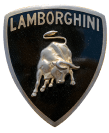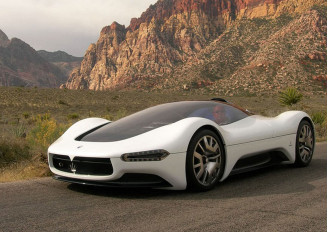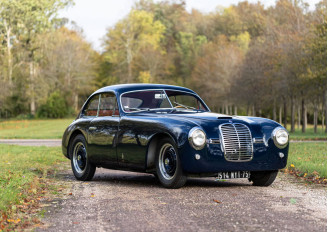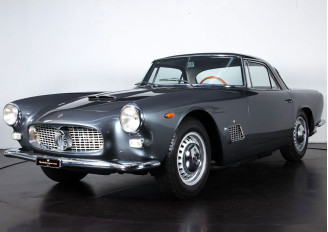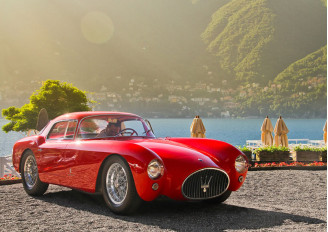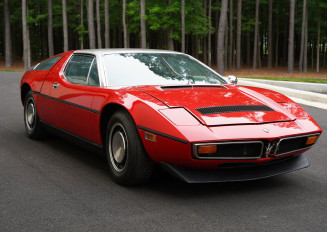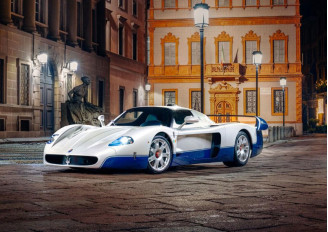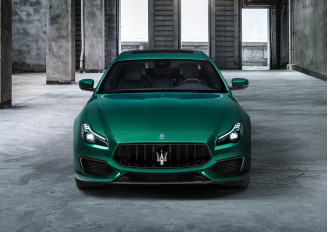The best Maserati models of all time: Top 9 ranking of the best Maserati cars ever made
Content
- 1 Maserati is the epitome of Italian luxury, style and power
- 2 Top 9 rating of Maserati cars ever made
- 2.1 Maserati Bora is an Italian supercar with a V8 engine
- 2.2 Maserati 5000 GT - elite power with a racing spirit
- 2.3 Maserati A6 1500 - an era of elegance and the beginning of a legend
- 2.4 Maserati 3500 GT - Italian grand touring classic
- 2.5 Maserati Ghibli - V8 elegance in the form of a grand tourer
- 2.6 Maserati A6GCS/53 Berlinetta - the embodiment of sporty elegance
- 2.7 Maserati Quattroporte Trofeo - the ultimate in luxury sedan power
- 2.8 Maserati MC12 - bringing a legend back to the track and into history
- 2.9 Maserati Birdcage 75th - a fantasy on wheels that has become a reality
Maserati is the epitome of Italian luxury, style and power
This legendary brand offers a unique combination of elegance, expressive design and dynamic driving that gives you true pleasure behind the wheel. A distinctive feature of Maserati is its ability to harmoniously combine premium refinement with high-performance characteristics.
Unlike other brands, Maserati offers not just power, but a refined, holistic experience: a soft ride, impressive handling and a unique aesthetic style - all of which create a very special driving experience.
Top 9 rating of Maserati cars ever made
1. Maserati Bora is an Italian supercar with a V8 engine
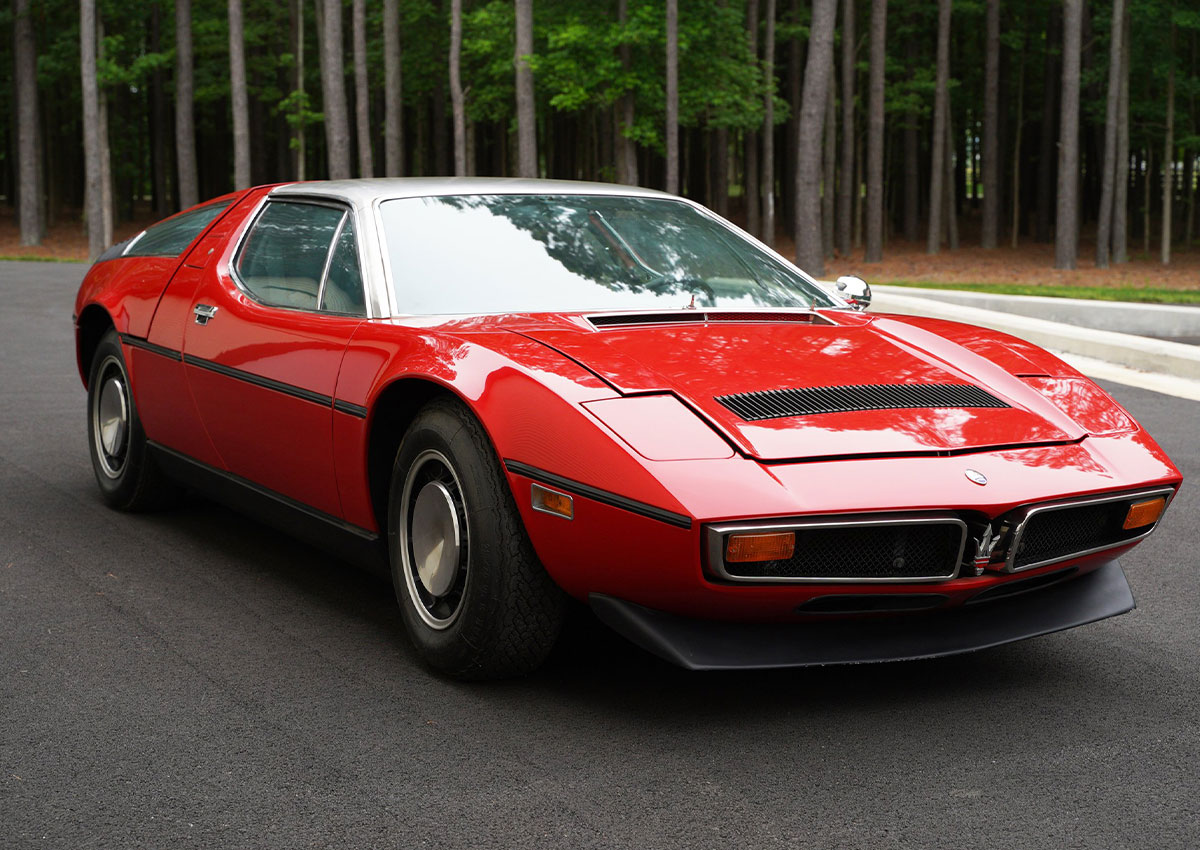
Main features of the Maserati Bora model
Innovative engineering: The Maserati Bora was the first car of the brand with a mid-engine, which cemented its status as a true supercar. Its powerful V8 accelerated the car to 270 km/h, giving the driver emotions of pure dynamics.
French technology in Italian style: After Maserati was acquired by Citröen, Bora received a new generation hydraulic system. It powered the brakes, retractable headlights, driver's seat and even the adjustable pedal unit - a technical solution that was revolutionary for the early 70s.
Timeless design: The body of the Maserati Bora was characterized by sophisticated aerodynamic lines - from the long hood to the elegantly integrated rear bumpers. Its low profile, flowing shapes and signature side vents not only added style but also helped to cool the engine.
Maserati Bora specifications
The Maserati Bora was equipped with a powerful 5.8-liter V8 engine with a 90° cylinder angle, which produced 330 horsepower and 325 lb-ft of torque. This configuration provided immediate throttle response and dynamic acceleration, which was consistent with the status of a high-performance supercar.
The power was transmitted through a 5-speed ZF manual transmission, which provided crisp shifting and maximum control over the steering wheel. Thanks to its mid-engine layout and rear-wheel drive, the Bora demonstrated excellent balance and confident cornering even at high speed.
The car had a curb weight of 3,569 pounds (approximately 1,620 kg), which, combined with the aerodynamic body, allowed it to reach speeds of up to 270 km/h. The suspension included an independent design both in the front and rear, which guaranteed a smooth ride even on difficult road sections.
The car was also equipped with four-wheel disc brakes and a hydropneumatic control system for comfort elements, including driver's seat adjustment, pedal position and retractable headlights.
This engineering approach made the Maserati Bora not just a beautiful car, but a true embodiment of technological progress and excellence of its time.
2. Maserati 5000 GT - elite power with a racing spirit

Key features of the Maserati 5000 GT
The Maserati 5000 GT is a true work of art, not only from a technical but also from an aesthetic point of view. Its exclusive design was created by the Touring Superleggera studio, one of the most famous Italian body shops. Each copy of this car was individual, often adapted to the needs of the customer, including royalty.
Technical specifications of the Maserati 5000 GT
The Maserati 5000 GT combines the elegance of a road grand tourer with the pure power of a sports car. It is based on the modernized chassis of a production Maserati, adapted to accommodate the legendary 4.5-liter V8 borrowed from the Maserati 450S racing car.
This powerful V8 engine, one of the first in the world with four camshafts, developed 325 horsepower and provided 330 lb-ft of torque. This design guaranteed not only high performance, but also exceptional smoothness and responsiveness, which was rare for the era.
A choice of 4- or 5-speed manual transmission was available, allowing the car to be tailored to the driver and driving style. The Maserati 5000 GT had a kerb weight of 3,642 pounds (approximately 1,652 kg), which for a car with such an engine of the time provided impressive dynamic performance on the track.
3. Maserati A6 1500 - an era of elegance and the beginning of a legend
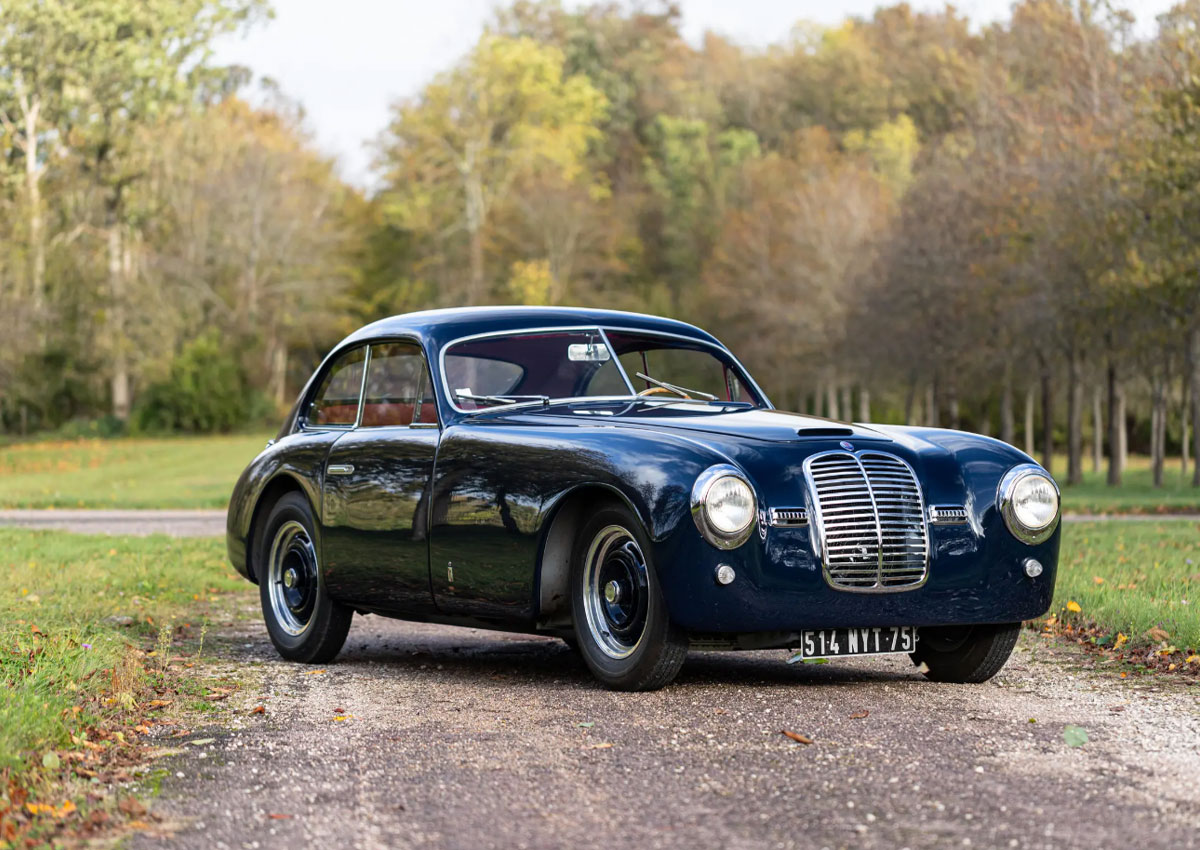
Main features of the Maserati A6 1500
The Maserati A6 1500 is the first road car of the brand, which marked the beginning of the A6 series, produced from 1947 to 1956. Under the hood, this model was powered by a 1.5-liter inline 6-cylinder engine that produced 65 horsepower. Although torque was not officially specified, this power unit provided decent dynamics and reliability for its time.
The top speed of the Maserati A6 1500 reached 95 miles per hour (about 153 km/h), which was a serious indicator for the postwar period. The power was transmitted through a 4-speed manual transmission, which was characterized by precise shifting and endurance.
A special feature of the A6 1500 was its extremely light, balanced chassis, which made it a real pleasure to drive despite its relatively modest power output. Combined with an elegant body, this made the model a true embodiment of Maserati style and technical progress.
Specifications Maserati A6 1500
The first prototype of the Maserati A6 was created in March 1946 and received the Spider Corsa body. The car was used by Ernesto Maserati for testing, and its appearance was captured by photographer Franco Zagari. It was this prototype that laid the foundation for the future A6 1500 model.
Subsequently, the bodywork was entrusted to Carrozzeria Pinin Farina, which created a coupe that became the basic version for mass production. Later on, leading Italian ateliers such as Zagato, Bertone, Ghia worked on the A6's exterior, creating unique interpretations of this model.
Each Maserati A6 has its own unique history, as most cars were produced in limited quantities, with individual technical or design features. This is not just a technical achievement, but a true cultural heritage of the Italian automotive industry
4. Maserati 3500 GT - Italian grand touring classic

Main features of the Maserati 3500 GT model
The Maserati 3500 GT body was created in collaboration with the legendary Milan-based Carrozzeria Touring, which patented the innovative Superleggera technology. It involved the use of lightweight aluminum panels stretched over a thin steel tubular frame, which allowed for simultaneous weight reduction and body rigidity. This resulted in excellent handling and improved aerodynamics.
The design of the 3500 GT was elegant, restrained and yet expressive - a typical example of Italian styling of the late 50s and early 60s. The car was distinguished by a long hood, a wide radiator grille, a proportioned cabin and smooth lines that made it recognizable on any road.
Specifications Maserati 3500 GT
The Maserati 3500 GT was a real breakthrough in the world of grand touring: its technical filling harmoniously combined sporty DNA with comfort and elegance for everyday driving. Under the hood of the car was a 3.5-liter inline six-cylinder engine of the Tipo 101 series, which was derived from the 350S racing model. Its output was 220 horsepower and 254 lb-ft of torque, which provided stable acceleration and confident driving at different speeds.
The power unit was paired with a 4-speed manual transmission (a 5-speed transmission was added in later versions), and the drive was traditionally to the rear wheels. The car had a curb weight of 3175 pounds (approximately 1440 kg), which made it possible to achieve impressive results without compromising handling or comfort.
The engine was characterized by excellent low-end pulling power, making the 3500 GT a pleasure to drive in the city and on the highway. In 1961, Maserati engineers replaced the traditional three Weber carburetors with a more efficient Lucas mechanical fuel injection system. This improvement brought to market the 3500 GTI version, which already produced up to 235 hp, becoming one of the first Italian production cars with injection.
5. Maserati Ghibli - V8 elegance in the form of a grand tourer
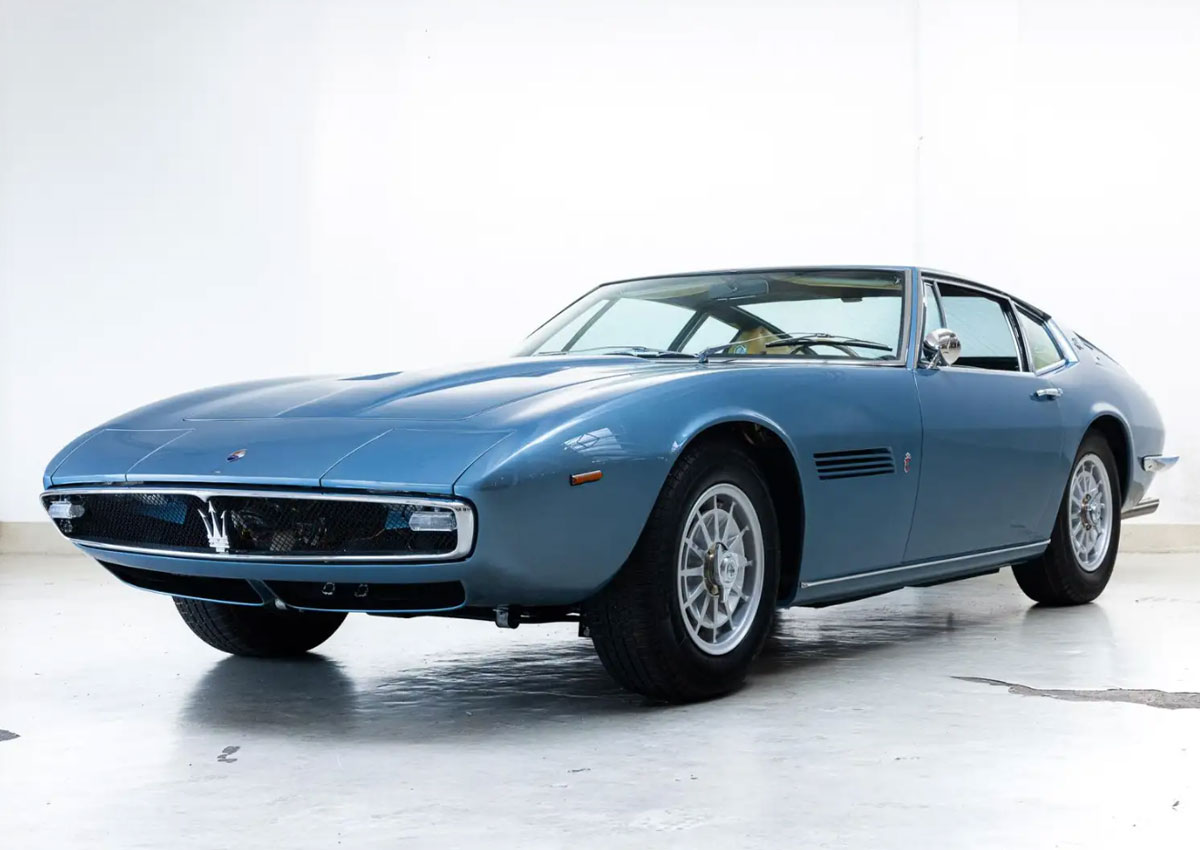
Main features of the Maserati Ghibli
The Ghibli was the epitome of Maserati's aesthetic sophistication in the late 60s. Its long, sweeping silhouette was created by Giorgetto Giugiaro at the Ghia studio, aptly combining aggressiveness and grace. The body shape was originally designed as a two-seater coupe, but the model debuted in a 2+2 layout, where the rear seats remained more of a formality than a full-fledged passenger area.
The low profile, neatly recessed headlights, and wide landing gear created not only a visual effect of swiftness but also improved aerodynamics. The Ghibli looked fast even before it left the ground.
Maserati Ghibli specifications
The first-generation Maserati Ghibli, introduced in 1967, became one of the most influential V8 grand tourers of its time. At its heart is a 4.7-liter dry-sump V8 equipped with four Weber twin-choke carburetors. This configuration ensured high performance and stable operation even under significant lateral loads - unlike the wet crankcase engines used in the Mexico and Quattroporte models.
The engine developed 335 horsepower and 325 pound-feet of torque, which were transmitted to the rear wheels through a 5-speed ZF manual transmission. This power unit allowed the Ghibli to demonstrate outstanding dynamic characteristics, including acceleration to 100 km/h in less than 7 seconds.
The car's kerb weight was 3,681 pounds (approximately 1,670 kg), which provided an excellent balance between weight and power. The independent front suspension, rear drive axle, and leaf springs at the rear contributed to the vehicle's high handling, making it responsive in corners and stable at high speeds.
6. Maserati A6GCS/53 Berlinetta - the embodiment of sporty elegance
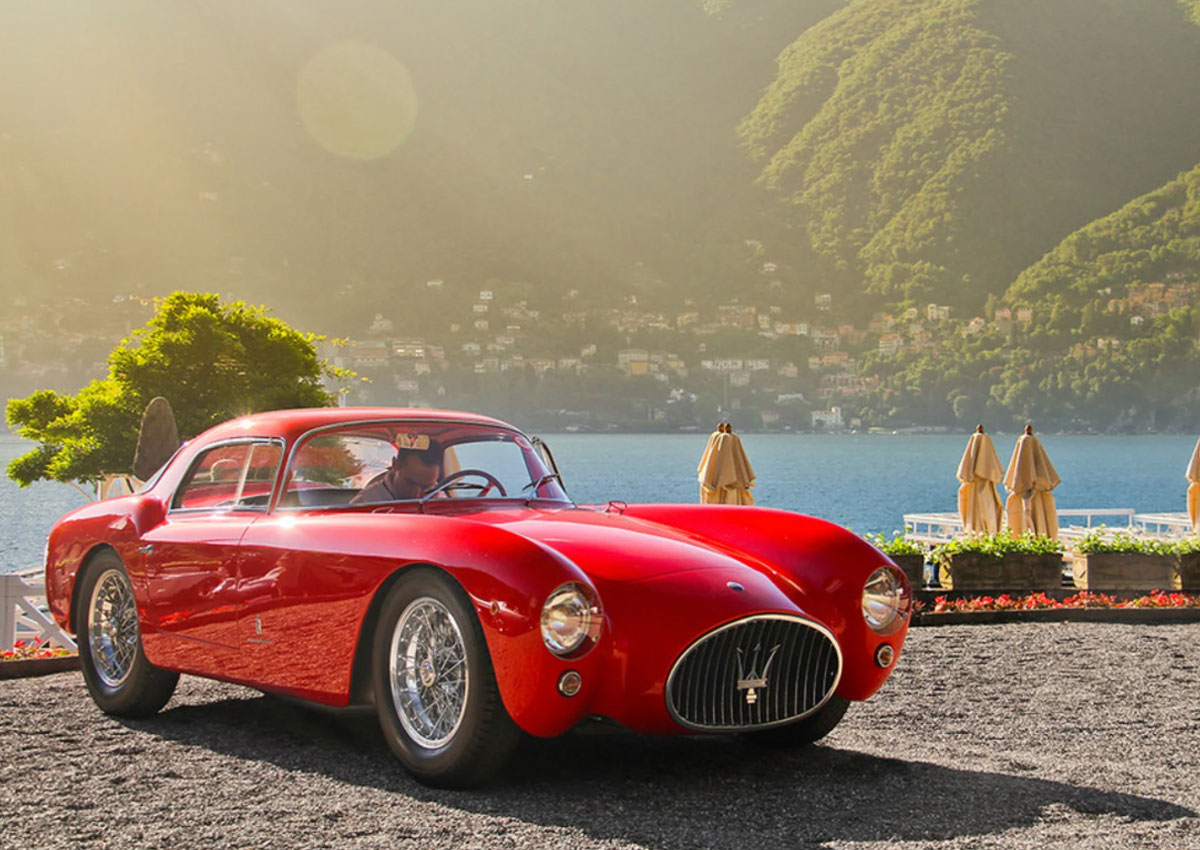
Main features of the Maserati A6GCS/53 Berlinetta
Maserati A6GCS/53 Berlinetta is not just a car, it is an example of Italian bodywork perfection. Only four examples of the Berlinetta version with Pininfarina's signature design were created, and each of them was hand-built with exceptional attention to detail. Each car was individually finished and customized to meet the wishes of a particular customer.
The model was the culmination of Maserati's partnership with Pininfarina, while at the same time causing tension between the bodybuilder and Ferrari, with which Pininfarina has traditionally collaborated. But it is the A6GCS/53 Berlinetta that is remembered as one of the most elegant racing cars of the 1950s.
The design of the model was inspired by the aerodynamics of racing, but remained elegant - smooth contours, a compact cabin, a long hood and a low stance created an image of speed even before the start. The combination of sporty character and impeccable styling made the A6GCS/53 Berlinetta a symbol of time and a valuable collector's masterpiece.
Specifications Maserati A6GCS/53 Berlinetta
Under the hood of the Maserati A6GCS/53 was a 2.0-liter inline six-cylinder engine that produced 170 horsepower and 143 pound-feet of torque. This engine was designed with race track experience in mind, and although the displacement was relatively small, it provided impressive dynamics thanks to the car's lightweight construction.
The total weight of the model was only 1984 pounds (about 900 kg), which allowed the engine to unleash its potential to the maximum. Power was transmitted through a 4-speed manual transmission, providing precise and controlled acceleration. Given the car's racing DNA, this configuration guaranteed exceptional maneuverability, firm grip and direct driver contact with the car - the very qualities that pilots of the 50s valued.
7. Maserati Quattroporte Trofeo - the ultimate in luxury sedan power

Key features of the Maserati Quattroporte Trofeo
The Quattroporte Trofeo has a distinctive appearance that emphasizes its performance character. The front end features Maserati's iconic red trident, large air intakes and carbon fiber inserts that not only add style but also improve cooling. The sides are accentuated by the Trofeo badging on the front fenders, while the rear is highlighted by four tailpipes and an aggressive diffuser, hinting at the potential under the hood.
Inside, the Trofeo is a world of modern Italian luxury: high-quality materials, carbon fiber inserts, sports seats, a technological dashboard and everything you need to combine drive with luxury comfort.
Introduced in 2020, the Quattroporte Trofeo is the culmination of the model's evolution, transforming a luxury business sedan into a true driver's car. It is not just a fast Maserati - it is a deeply thought-out symbiosis of Ferrari engineering, classic Italian style and high level of comfort.
Specifications of the Maserati Quattroporte Trofeo
Under the hood of the Maserati Quattroporte Trofeo is a 3.8-liter twin-turbocharged V8 engine developed in partnership with Ferrari. This engine develops an impressive 580 horsepower and 538 pound-feet of torque, allowing the sedan to accelerate from 0 to 60 miles per hour in just 4.2 seconds. The top speed reaches 203 mph (about 326 km/h), making the Trofeo the fastest version of the Quattroporte in the model's history.
The power is transmitted to the rear wheels through an 8-speed ZF automatic transmission that provides quick, smooth and precise gear changes. This transmission balances engine power with everyday handling, making every drive a pleasure - whether on the highway or in the city.
8. Maserati MC12 - bringing a legend back to the track and into history
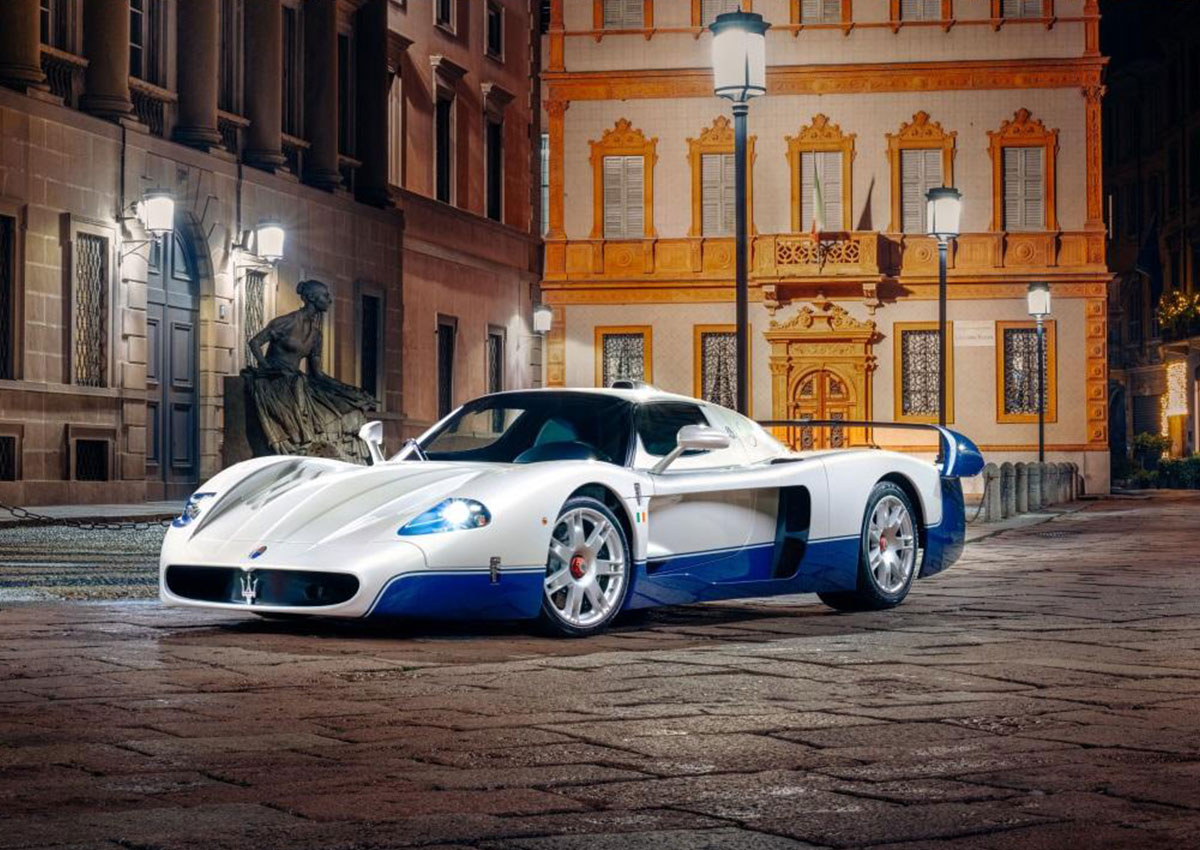
Key features of the Maserati MC12
Launched in 2004, the MC12 was a direct extension of Maserati's ambition to return to grand prix motorsport. To meet the homologation requirements of the FIA GT Championship, Maserati produced only 25 road-going examples, making the model one of the rarest and most desirable among collectors.
The platform for the MC12 was the chassis from the Ferrari Enzo, a technical brother but not a clone. Unlike the Enzo, which was focused on public popularity and produced in 400 copies, the MC12 was aimed at pure performance and victories on the track. And for good reason: the model has won numerous victories in the FIA GT1 championship, emphasizing its functionality not only as a show car, but as a real racing tool.
Visually, the Maserati MC12 is a work of art designed with aerodynamic efficiency in mind. Its streamlined body, long rear spoiler and low profile not only look dramatic, but also play a key role in creating downforce. Each body line has a functional purpose - all for speed, stability and control on the track.
Maserati MC12 specifications
The Maserati MC12 is not just a supercar, but a concentrate of racing technology, power and rare refinement. At its heart is an atmospheric 6.0-liter V12 capable of delivering 620 horsepower and 481 pound-feet of torque. The powertrain is mated to a 5-speed sequential transmission that provides lightning-fast shifting in the style of a real race car.
Thanks to its carbon-composite body and lightweight chassis, the MC12 has a kerb weight of just 2943 pounds (approximately 1335 kg). This balance between power and weight allows the supercar to accelerate from 0 to 60 mph in 3.8 seconds and reach a top speed of 330 km/h (205 mph).
9. Maserati Birdcage 75th - a fantasy on wheels that has become a reality
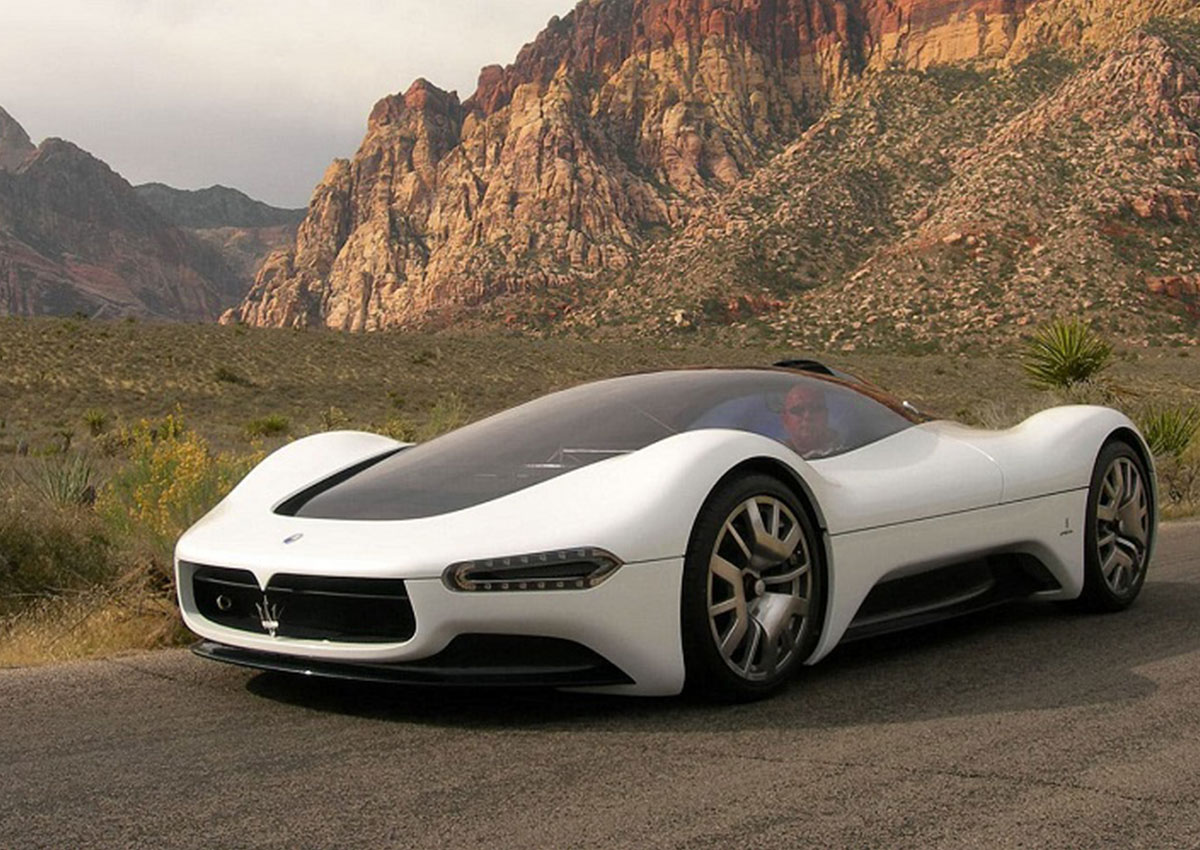
Main features of the Maserati Birdcage 75th
The Birdcage 75th was created in 2005 by Pininfarina to celebrate the 75th anniversary of the brand, and became not just a car, but a visual manifestation of Maserati's dreams for the future. Its name refers to the legendary Maserati Tipo 61 “Birdcage” - a 1960s race car with a tubular chassis that resembled a birdcage. The concept took this name to reinterpret it for the 21st century.
The designers relied on the most transparent cabin, combined with sinuous aerodynamic shapes. The body lines were not just futuristic - they looked as if the car was created not for the road, but for takeoff. The spacious cockpit with panoramic glass, digital interfaces, and carbon fiber interior elements all emphasized that this was not a show car, but a real research prototype of the future.
Although the Birdcage 75th was never put into production, it made a powerful statement about Maserati's technical and aesthetic capabilities. It is not just a concept for exhibitions - it is a testing ground for new ideas, materials and shapes. The car has won numerous design awards, including “Best Concept” at the Villa d'Este competition, and is still considered one of the most beautiful concept cars in history.
Specifications Maserati Birdcage 75th
The Maserati Birdcage 75th is a concept car that pushes the concept of a supercar beyond the standard. Equipped with an atmospheric 6.0-liter V12, this car produced a staggering 700 horsepower, emphasizing its racing origins. The engine was paired with a 6-speed sequential gearbox that allowed for quick and precise shifting in the style of real racing cars.
Despite its status as a concept, the Birdcage 75th was designed on a full-fledged chassis from the Maserati MC12 GT1, a platform that has already proven its effectiveness in racing. Thanks to the use of lightweight composite materials, the curb weight of the car was about 3300 pounds (approximately 1497 kg), which is an impressive figure for a V12 concept car.


